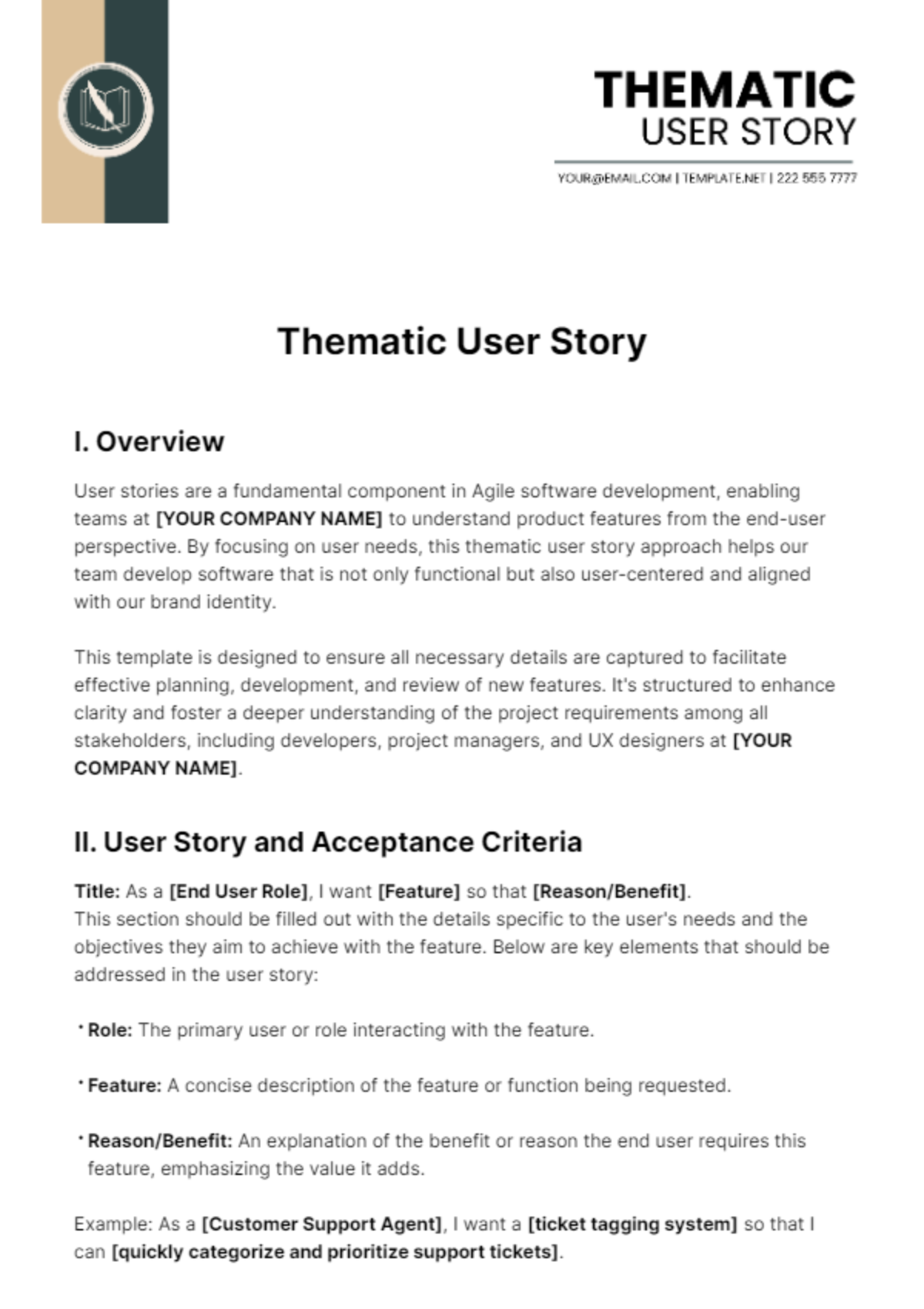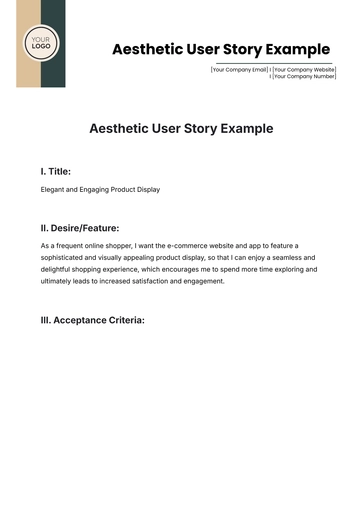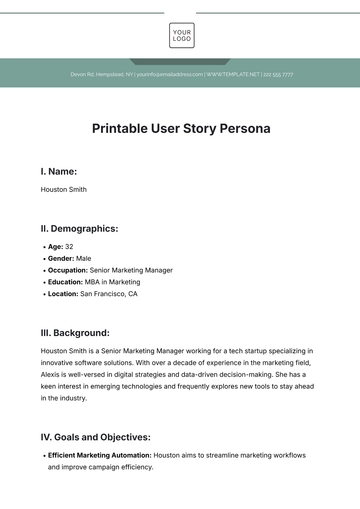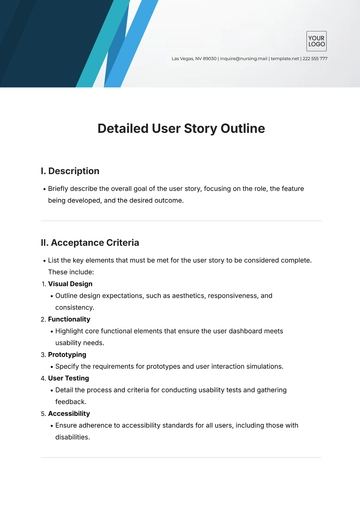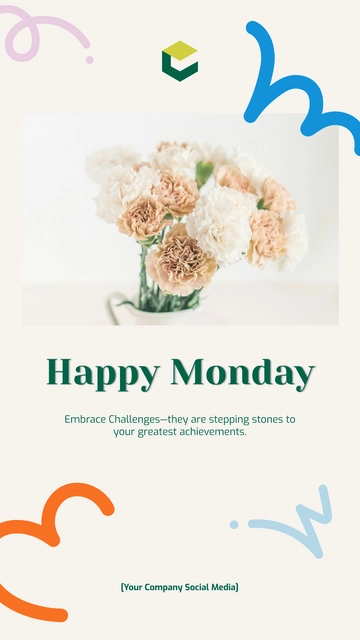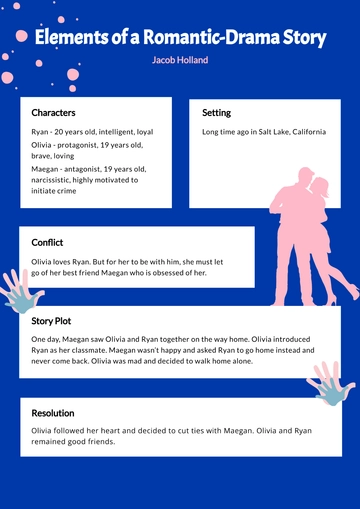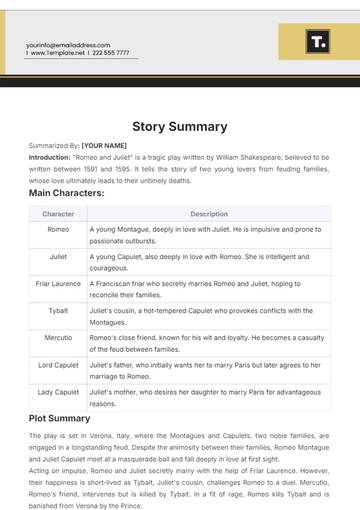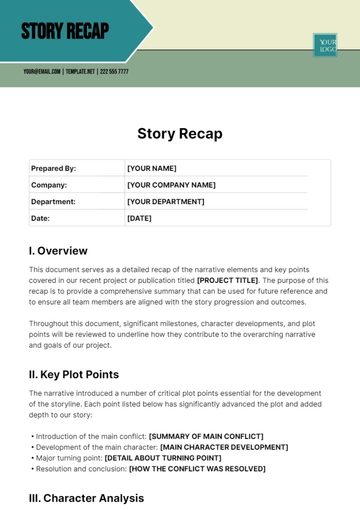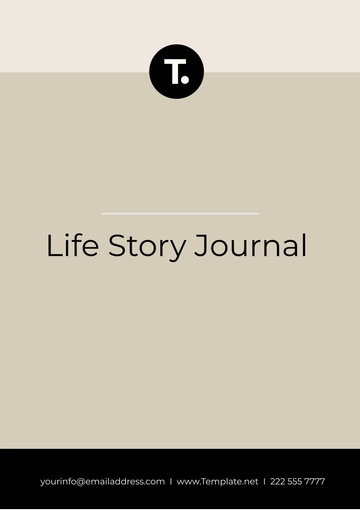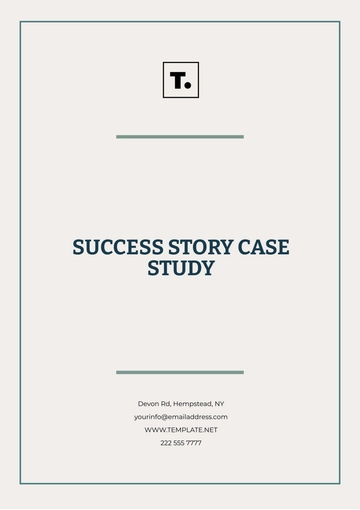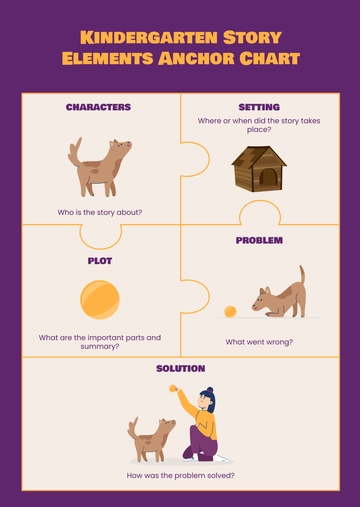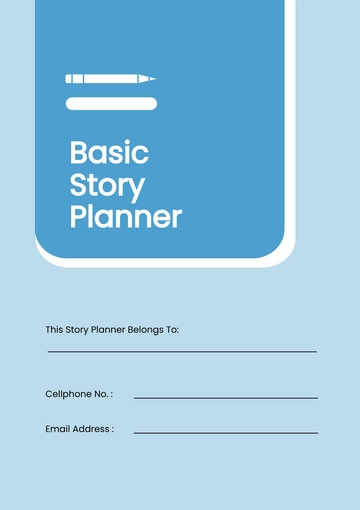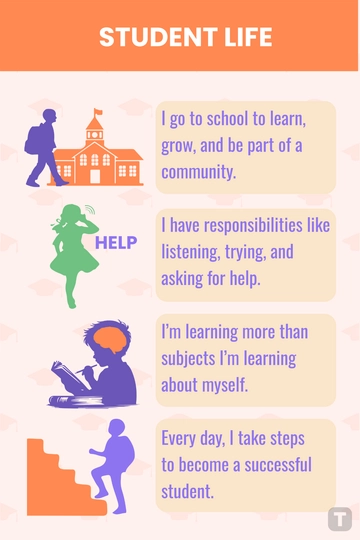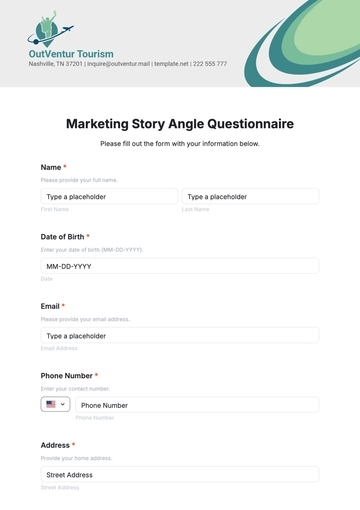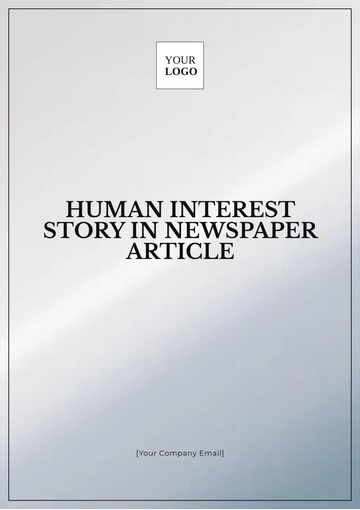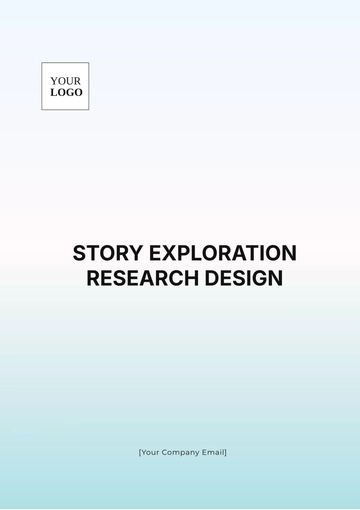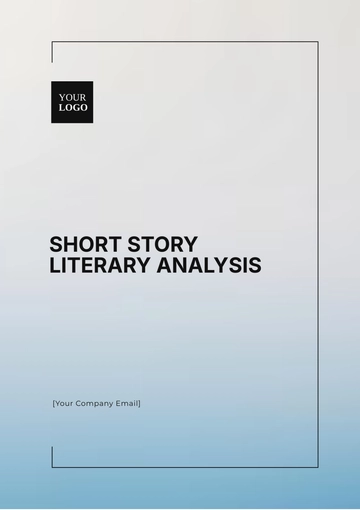Thematic User Story
I. Overview
User stories are a fundamental component in Agile software development, enabling teams at [YOUR COMPANY NAME] to understand product features from the end-user perspective. By focusing on user needs, this thematic user story approach helps our team develop software that is not only functional but also user-centered and aligned with our brand identity.
This template is designed to ensure all necessary details are captured to facilitate effective planning, development, and review of new features. It's structured to enhance clarity and foster a deeper understanding of the project requirements among all stakeholders, including developers, project managers, and UX designers at [YOUR COMPANY NAME].
II. User Story and Acceptance Criteria
Title: As a [End User Role], I want [Feature] so that [Reason/Benefit].
This section should be filled out with the details specific to the user's needs and the objectives they aim to achieve with the feature. Below are key elements that should be addressed in the user story:
Role: The primary user or role interacting with the feature.
Feature: A concise description of the feature or function being requested.
Reason/Benefit: An explanation of the benefit or reason the end user requires this feature, emphasizing the value it adds.
Example: As a [Customer Support Agent], I want a [ticket tagging system] so that I can [quickly categorize and prioritize support tickets].
III. Acceptance Criteria
Acceptance criteria are a set of rules that must be met for the user story to be considered complete and functional. They provide a clear checklist for verifying that all user requirements are met. It's crucial to define these criteria to avoid any ambiguity regarding the outcome of the user story.
Acceptance Criteria include:
The system should allow [specify function], within [specify time frame].
[Feature] must be compatible with [relevant existing systems/platforms].
User should receive a confirmation/notification once [specified action] is completed.
IV. Business Value
Each user story should clearly state how it contributes to the overall business objectives at [YOUR COMPANY NAME]. This section emphasizes the alignment of the feature with broader business goals, explaining why the development of this user story holds significance for the company at a strategic level.
Key points to include:
Direct impact on revenue or cost savings.
Improvements in user engagement or customer satisfaction.
Enhancement of compliance and security measures.
V. Dependencies and Assumptions
Identifying dependencies and assumptions early in the planning phase helps mitigate risks and facilitates smoother execution. This section should clearly list any external factors that may influence the user story's implementation, such as third-party integrations or existing system limitations.
Dependencies might include:
Assumptions could involve:
VI. Priority:
High
VII. Estimation:
5 story points
VIII. Notes:
User Story Templates @ Template.net
